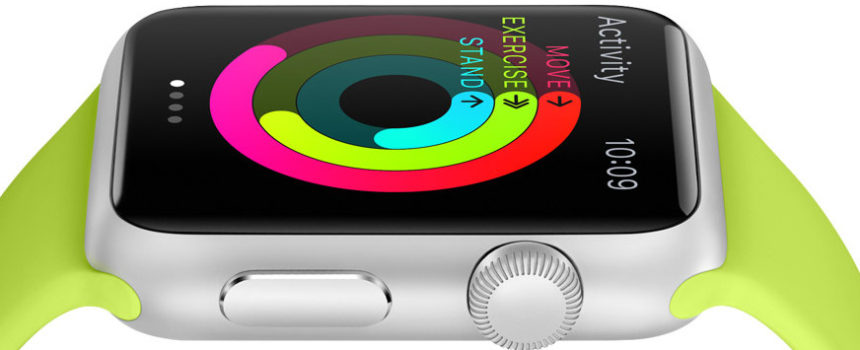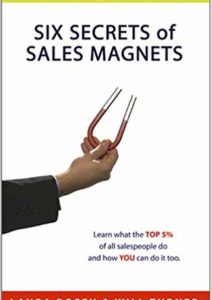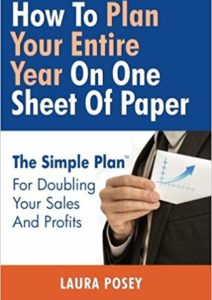April 24th is a big day for a lot of people. It’s the day the new Apple Watch launches.
Apple’s first foray into wearable technology is going to forever change the landscape for companies like FitBit, Garmin and Samsung. These companies will be forced to step up their game and offer better technology and more cool-factor now that Apple is in their game.
But it isn’t the technology that you should be paying attention to (although it looks really cool!).
The lesson for your business is in the pricing of the watch.
The Apple Watch will come in a variety of styles and colors with prices ranging from the $349 basic sport to the $17,000 gold Edition version.
It is that $17k model that is really interesting.
Why would Apple offer such an outrageously priced version? And what can you learn from it?
There are three great marketing lessons here:
The Psychology of “Anchoring”
In marketing, anchoring is the act of setting a price and then discounting from it. Think about when you go to an outlet mall and see the suggested retail price of $99 for a shirt and then see the discounted price of $39. It feels like you are getting a really good deal. Never mind that no one ever spent $99 for that shirt.
The simple fact is that your brain looks at the $99 and sets that as the anchor value of the shirt. Any price under that looks better and makes you feel good about purchasing.
Since Apple doesn’t discount they need a different kind of anchor. With their top end watch, they set the anchor in your mind of $17k. When you then look at a $395 version, your mind subconsciously thinks, “I’m getting a $17k watch just without the gold for only $395.” It makes $395 look inexpensive. Without the anchor, a $395 watch looks like an extravagance.
Take a look at your product line. How can you use a price anchor to increase the perceived value of your offerings?
The Real Message of the 80/20 Rule
We have all heard the old 80/20 rule – 20% of your clients give you 80% of your revenue. And, for most businesses, that is true. What is more interesting is that your top 20% has its own 80/20 rule. That is, 20% of the top 20% will bring 80% of the top 20% revenue.
Doing the math, that means that 4% (.20 x .20) of your customers drive 64% (.80 x .80) of your revenue
They do this by buying your highest priced products. These are the customers that will buy whatever you sell, no matter how much it costs.
This is one of the strategies behind the $17k watch. Apple knows that very few of its clients can or will buy at that level. But the super fans will. The most ardent Apple lovers will stand in line to purchase the Edition version, even if they can only afford the $10k version of it.
Not only will the super fans buy the top line watch, they will flaunt their purchase everywhere. This will drive status-seekers to compete with them, leading to even more $17k watch purchases. Don’t you think all the big celebrities will be wearing a gold Edition?
Of course, that just reinforces our first point. If your favorite personality is wearing an Apple Watch, you are more likely to go out and buy the one you can afford. Your anchor is the celebrity and wanting to be like them.
Powerful stuff, isn’t it?
Your top clients will also buy whatever you offer. Do you have a super high-priced product or bundle of products to offer them? Do you have a way for your top-tier customers to connect with each other and push each other to buy more from you?
Entering New Markets
Apple is already a branding juggernaut. Their product launches are legendary and you wouldn’t think they would need any help gaining more status in the realm of technology.
That part is true.
But with the $17k watch, they are actually entering a whole new market – jewelry.
Suddenly Apple isn’t just competing with FitBit and Samsung, they are competing with Rolex.
Rolex buyers are used to spending big dollars. And, guess what? Rolex owners buy technology. If you now own an Apple Watch, aren’t you going to be more likely to purchase an Apple computer, an iPad or an iPhone?
What new markets could you enter with a high-end product? What new competitor could you take customers from at the top end of your pricing vs. at the bottom end?
I challenge you to think about these strategies and how you can employ them in your own business this week.






